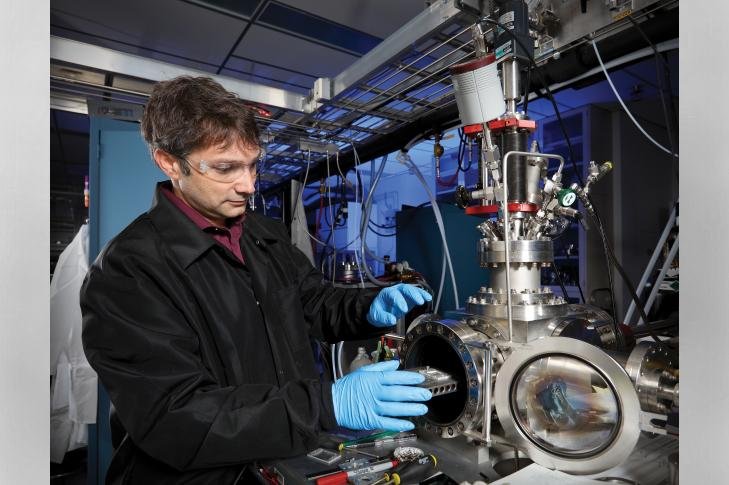No more exploding batteries…
Scientists have developed novel lithium-ion batteries with components that harden on impact, preventing them from catching fire and causing injuries to users. Inspired by the weird behavior of some liquids that solidify on impact, researchers have developed a practical and inexpensive way to help prevent these fires.
 “In a lithium-ion battery, a thin piece of plastic separates the two electrodes,” Gabriel Veith, from US Department of Energy’s (DOE) Oak Ridge National Laboratory,Ph.D., says. “If the battery is damaged and the plastic layer fails, the electrodes can come into contact and cause the battery’s liquid electrolyte to catch fire.”
“In a lithium-ion battery, a thin piece of plastic separates the two electrodes,” Gabriel Veith, from US Department of Energy’s (DOE) Oak Ridge National Laboratory,Ph.D., says. “If the battery is damaged and the plastic layer fails, the electrodes can come into contact and cause the battery’s liquid electrolyte to catch fire.”
To make these batteries safer, some researchers instead use a nonflammable, solid electrolyte. Veith and his team mixes an additive into the conventional electrolyte to create an impact-resistant electrolyte. It solidifies when hit, preventing the electrodes from touching if the battery is damaged during a fall or crash.
The project’s eureka moment came when Veith and his kids were playing with a mix of cornstarch and water known as oobleck. “If you put the mixture on a cookie tray, it flows like a liquid until you start poking it, and then it becomes a solid,” says Veith.
After the pressure is removed, the substance liquefies again. Veith realized he could exploit this reversible “shear thickening” behavior to make batteries safer.
For the battery colloid, Veith and his colleagues at Oak Ridge and the University of Rochester used silica suspended in common liquid electrolytes for lithium-ion batteries. On impact, the silica particles clump together and block the flow of fluids and ions, he explains.
One of Veith’s major advances involves the production process for the batteries. During manufacture of traditional lithium-ion batteries, an electrolyte is squirted into the battery case at the end of the production process, and then the battery is sealed.
“You can;t do that with a shear-thickening electrolyte because the minute you try to inject it, it solidifies,” he said.
The researchers solved this by putting the silica in place before adding the electrolyte. They are seeking a patent on their technique.
Reference- Deccan Herald, EurekAlert!






